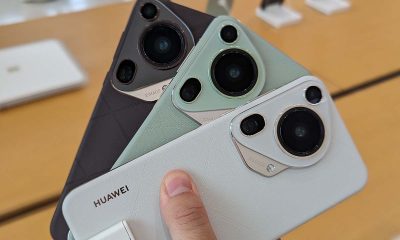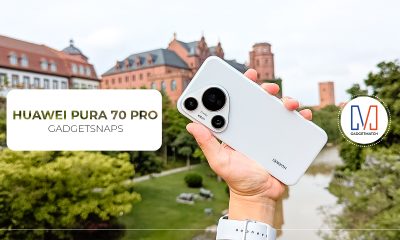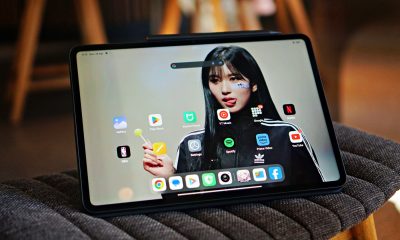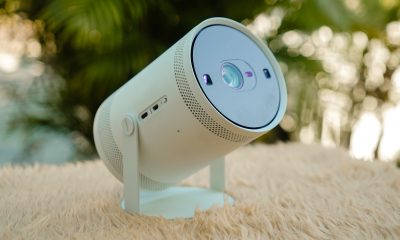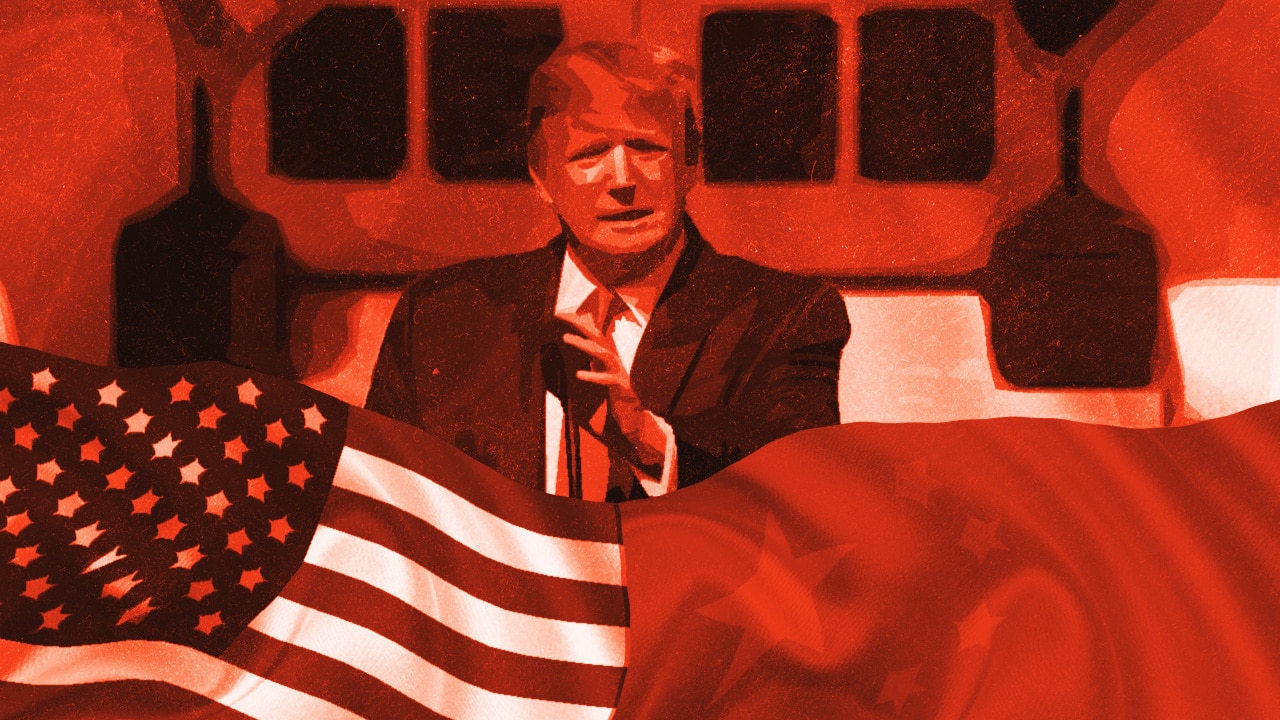

The US and China are embroiled in a trade war and the last few months have witnessed unprecedented escalation from both sides. Tensions between the two countries are ongoing and virtually two power blocs have been created. The conflict has also changed everyone’s outlook on technology forever.
US President Donald Trump banned American companies from working with Huawei, one of China’s largest technology companies. This meant Huawei could no longer use American technology, including Android. Thankfully, an interim resolution lets Huawei transact with American counterparts right now.
However, this was a blaring reminder for China. It depends too much on the US for technology and this needs to end. For two power blocs, interdependence isn’t an option. And the US played its trump card at the wrong time, in a wrong way.
Trade war affecting free flow of tech
Technology has been freely flowing since the inception of the Internet. Everyone has been connected to a neutral medium of communication except for a few countries. The flow of information has been so fast, yet transparent. Adding to this, open-source has been a boon for everyone since technology is never restricted and everyone gets a chance to experience it.
Even if a service or product is proprietary, companies have been quick to monetize it via licensing. There are apps that are built in one country and used by citizens of another country that’s thousands of miles away. In a nutshell, we’ve always imagined modern or digital technology to be easily transferable.
But, the US proved it can stop this flow of sanctions or bans, only to reverse the decision. We can call this saber-rattling. They wanted to serve a warning and the message has been received. However, China also realized one thing, it needs to become truly independent.
China’s alternatives
The Chinese internet is different from the rest of the world’s internet. It’s guarded by a nation-wide firewall and heavily censored by the state. A few services like Google and Facebook aren’t available. This has already made way for homegrown alternatives like Baidu, Weibo, and WeChat.
Now, Huawei is gearing up for the worst. It accelerated work on its own operating system, HarmonyOS. It’s expected to roll-out slowly in the coming quarters. In a bid to challenge Google Maps, they’re also planning to unveil a mapping service known as Map Kit.
Every Chinese company would be scrambling to create a backup plan, preparing for the worst. In the short term, they’ll suffer due to sudden shortcomings. But in the longer run, the US loses its leverage.
The ban is bad for progress
The US government’s ban on Huawei is ill-timed. The company is a leader in 5G deployment due to its patents and manufacturing ability. The world needs Huawei to effectively deploy the next standard of wireless communication. If the US wants its allies to avoid Huawei, alternatives need to be available, and that’s not the case.
Even US companies aren’t very fond of getting dragged in the trade war. Trump agreed that tariffs on China will hamper Apple’s ability to compete with Samsung. Not to forget all the revenue US companies lose after sanctions are applied or the Chinese develop their own alternative.
Other countries also have only two options — get in line with the US or develop its own cushion. A territorial divide has also prompted countries like India to lobby for data localization. In case relations turn sour tomorrow, how much control do you want to give others?
These questions and hypothetical scenarios are often considered to be an exaggeration. And I don’t blame them. But the US could’ve used this trump card later, actually benefiting from it.

For the longest time, Google kept Pixel and Android behind two different teams. While the Pixel team dealt with devices made by and for the brand, the Android team ships a product meant for brands outside of the company’s purview. However, the days of separation are at an end. Google is officially merging its Pixel and Android teams together.
In a shocking announcement, the company has confirmed that the teams handling hardware and software will fall under a single team headed by Rick Osterloh. Prior to the merge, Osterloh was the senior vice president of devices and service, which was Google’s hardware branch. He will now oversee both hardware and software.
Because of the new leadership change, Hiroshi Lockheimer, former head of Android, will now move on to other projects within Alphabet. Of note, the change is not harsh for Lockheimer. He and Osterloh had been contemplating on the merge for a while.
Now, why the change? As is the case with everything today, it’s all because of AI. Speaking to The Verge, Osterloh explains that the merge will help with “full-stack innovation.” With how technology is these days, it’s now impossible to develop AI without having a close eye on hardware, such as in Google’s AI developments for the Pixel camera. Merging the teams will help streamline development, especially when hardware is involved.
Despite the change, outside brands, like Qualcomm’s Cristiano Amon, remains confident of Android’s capabilities outside of Google. Just expect more AI coming out in the near future.

The ongoing trade war between the United States and China is putting a lot of companies out of business in one country. While all eyes are currently on America’s crusade against TikTok, China has launched a salvo of its own. The country has started banning AMD and Intel, starting with government devices.
Recently, as reported by the Financial Times, China has introduced a new rule that bans American chipsets and servers from government agencies. The new ban includes AMD, Intel, and Microsoft Windows.
In lieu of the now-banned brands, Chinese government agencies must use approved brands from a list of 18 Chinese manufacturers. Unsurprisingly, the list includes Huawei, another brand involved in the ongoing trade war. (Huawei is still banned on American soil.)
As with bans from America, China’s latest rules stem from a desire to implement national security. Both countries allege that using brands from the opposing side will open a potential avenue for transferring classified information.
Currently, the ban against the American chipsets are only affecting government devices. However, if it follows the same trajectory as Huawei and TikTok in the United States, a government-only ban might soon lead to an all-out ban on consumer devices. As TikTok is currently hanging in the balance, it’s unlikely that the trade wars will cool down anytime soon.

So far, Apple’s greatest enemy has been the European Union. Months and months of claiming that the company engages in anti-competitive practices, the region has successfully caused Apple to drastically change a lot of things about the iPhone including the Lightning cable. Now, a new challenger wants Apple to answer for its supposed grip on the industry: the United States government.
Today, the Department of Justice is officially suing Apple for supposedly monopolizing the smartphone industry and stifling competition. The lawsuit alleges that Apple’s lineup of products prevent users from trying out other brands. For example, Apple limits how well a third-party smartwatch works on an iPhone, pushing users to go for an Apple Watch instead.
The lawsuit also includes an important pain point in Apple’s fight in Europe. It says that the company makes it difficult for iPhone users to communicate with Android users (and vice versa). Late last year, the company already committed to supporting RCS as a messaging standard, finally easing communication between the two systems. Their adoption has yet to arrive, though.
Though not as stringent as Europe, the American government is no slouch when it comes to questioning its own companies for pursuing anti-competitive practices. In the past, it went through Google and Spotify to protect the interests of its citizens. The lawsuit against Apple is no different, gathering signatures from sixteen states.
For Apple’s part, the company aims to get the case dismissed, alleging the lawsuit’s unfair scope of just the American people when it targets the entire world.
SEE ALSO: Apple opens first Developer Center in Southeast Asia
-

 Reviews7 days ago
Reviews7 days agorealme 12 5G review: It was enchanting to meet you
-

 Buyer's Guide2 weeks ago
Buyer's Guide2 weeks ago2024 Samsung TV: Buyer’s Guide
-

 Reviews2 weeks ago
Reviews2 weeks agoJBL Soundgear Sense review: Make every run magical
-
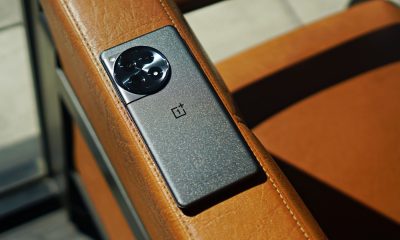
 Reviews3 days ago
Reviews3 days agoOnePlus 12R review: Making sense of OnePlus’ latest flagship
-

 Smartphones2 weeks ago
Smartphones2 weeks agoHuawei Pura 70 series is live in China
-

 Reviews2 weeks ago
Reviews2 weeks agoChallengers review: A thrilling drama wrapped as a tennis anime
-
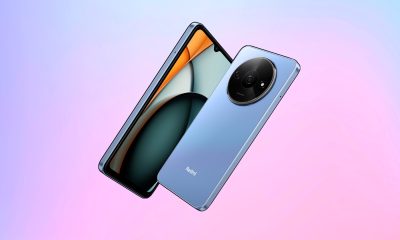
 News1 week ago
News1 week agoXiaomi Redmi A3 Philippine pricing, availability
-
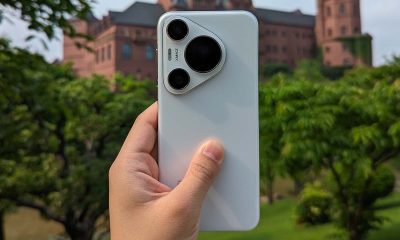
 Smartphones2 days ago
Smartphones2 days agoHuawei Pura 70 Pro Unboxing and First Impressions





